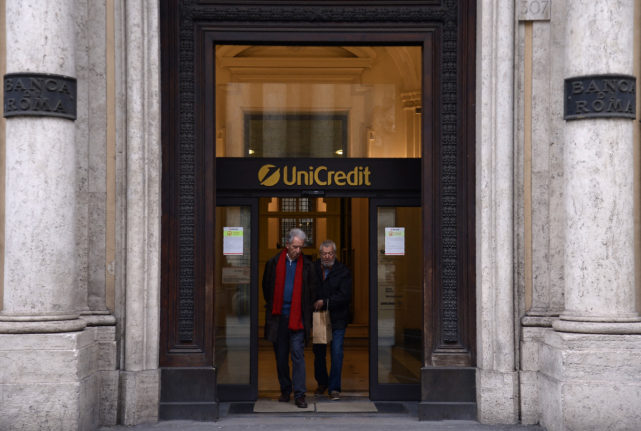The €200 cost of living bonus was announced in May 2022, alongside several government measures aimed at offsetting the increasing cost of living, as The Local reported.
Employees, as well as the self-employed, pensioners and the unemployed, will be eligible to receive the €200 payment if they have an annual income of under €35,000 gross, according to a decree law passed in May.
READ ALSO: Who can claim Italy’s €200 cost of living bonus?
However, the bonus is only automatically made to those who are state employees or pensioners. Those in these categories will be identified by the Ministry of Economy and Finance and INPS and receive €200 along with their salaries or pension payments.
What if I work in the private sector?
Employers working in the private sector should receive their payments in their July pay packet. First, however, they need to submit a self-declaration (autodichiarazione) form to their employer, who will pay the sum with the July pay check and then recover the funds from the state later.
The decree doesn’t specify a deadline for the submission, but as the payments should be made in July, the paperwork needs to be filed before that – so you’ll need to talk to your employer and arrange it.
READ ALSO: EXPLAINED: The rules and deadlines for filing Italian taxes in 2022
The self-declaration serves to establish that the worker has all the requirements to be a beneficiary. That means the person does not go over the income ceiling for the benefit, for example.
You will also have to declare that you will not receive a €200 bonus from other sources, such as from being a recipient of the citizen income or through another employment relationship.
How can other workers apply?
Italy’s government expanded the bonus payment scheme to more people in early May, as The Local reported.
Seasonal workers, domestic and cleaning staff, the self-employed, the unemployed and those on Italy’s ‘citizens’ income’ were added to the categories of people in Italy eligible for a one-off €200 payment.
These other categories of workers will not receive automatic payment, though. Instead, they need to make a special request to INPS to receive the bonus.
There are different deadlines for different people, so ‘domestic workers’ (lavoratori domestici) need to apply by September 30th. Other workers, such as seasonal, for example, have until October 21st.
You can apply for the bonus on the INPS website, which indicates that the payments will be made at an unspecified later date.




 Please whitelist us to continue reading.
Please whitelist us to continue reading.
Member comments